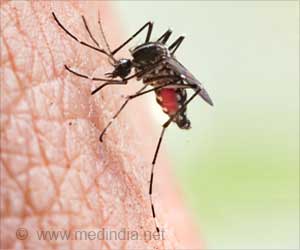Climate change may double the pollen counts in America in the next three decades, say researchers.

"Climate changes will increase pollen production considerably in the near future in different parts of the country," said Dr. Bielory, ACAAI board member and fellow.
"Economic growth, global environment sustainability, temperature and human-induced changes, such as increased levels of carbon dioxide, are all responsible for the influx that will continue to be seen."
In the year 2000, pollen counts averaged 8,455. Fast forward to 2040, and these counts are anticipated to reach 21,735. Researchers predict counts in 20-year increments up to the year 2100, and are incorporating various climatic factors in their models including weather patterns, changes in precipitation and temperature.
While pollen counts will progressively increase over the years, the study also found the sneezing season will begin earlier every year.
"In 2000, annual pollen production began on April 14, and peaked on May 1," said Dr. Bielory.
Advertisement
Source-ANI










